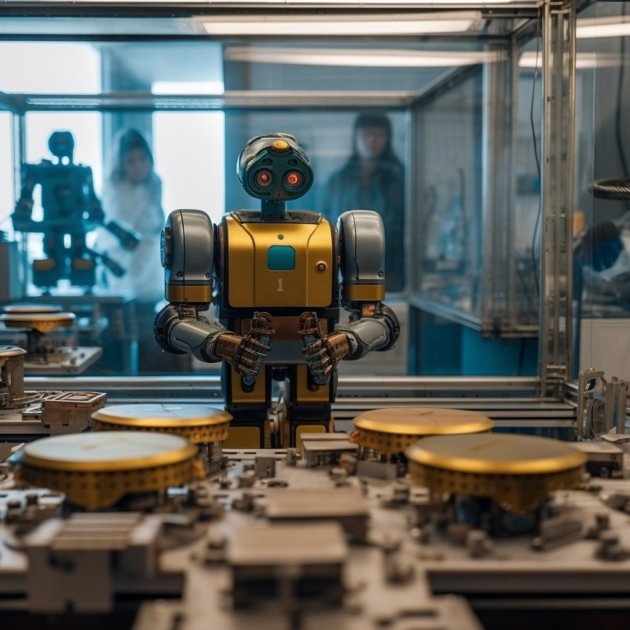Scientists at Lawrence Berkeley National Laboratory (LBNL) have come up with a recipe for success by mixing artificial intelligence (AI) with robotics to create new materials. The result is a groundbreaking system called the A-Lab, which uses AI to guide robots in the synthesis of new materials.
The A-Lab has put an end to the bottleneck problem faced by the Materials Project, which had predicted 150,000 new materials that could improve devices such as battery electrodes and catalysts. However, scientists had managed to make just a fraction of these for testing. Now, with the A-Lab, the robots are cooking up materials 100 times faster than humans in the lab can manage.
The AI guides the robotic arms in selecting powdery starting materials, and the system determines how long to bake the mixes, the temperatures, drying times, and so on. After the baking, the samples are loaded onto a slide, and a robot arm slides each sample into an x-ray machine or other equipment for analysis. This process allows the results to be fed back into the Materials Project database of material structures and properties.
The A-Lab has been highly successful, producing more than 40 target materials in just a few months. This means that Gerbrand Ceder, a materials scientist at LBNL, has made more new compounds in the last six weeks than he did in his whole career. With the A-Lab, scientists are closer to unlocking the secrets of the material world and developing new and innovative ways to improve our world. Who knows, maybe the A-Lab will even help us to create a material that can withstand a nuclear blast or help us discover a new type of superconductor that will revolutionize the energy industry.
The Samsung Advanced Institute of Technology has also joined the party, creating its own computer-driven robotics lab to search for new electronic materials. This system is also AI-driven and has already produced 35 inorganic compounds, including oxides commonly used in battery electrodes and solid oxide fuel cells. With more and more research teams joining the AI-driven robotics lab party, the sky is the limit for material science. Who knows what other incredible discoveries are waiting to be made?
Source article: Touzafair


